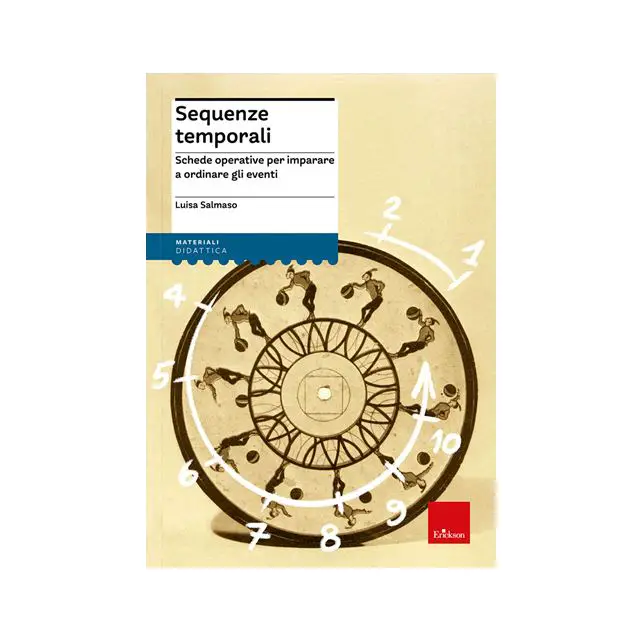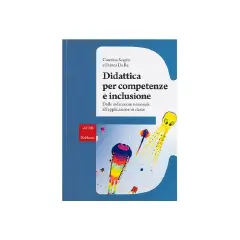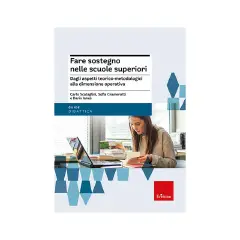TIME SEQUENCES
Full description
Worksheets for learning how to order events
Luisa Salmaso
Knowing how to place situations and events in a logical and sequential order has always been considered an important skill underlying many cognitive activities, such as spatial and organizational ones. In fact, all events, whether related to everyday life or to more complex symbolic situations, involve the implementation of temporal and causal strategies. Observing in many children, and particularly in those with logic-linguistic problems or learning disorders, the widespread difficulty with respect to this skill, it is important to prepare a progressive itinerary for specific recovery and development.The program presented in the volume provides a series of 101 cards (51 drawn and 50 written) of increasing difficulty and easy applicability within the classroom. In the section on figurative sequences, the pupil can simply rearrange the proposed vignettes and tell their story; if he or she has already achieved some mastery in reading, he or she can perform the matching with the underlying cards with the writings. In the next section, he will have to match the same vignettes with more complex sentences. Finally, in the written sequences section, he will have to put in order a series of events that constitute a story. These educational exercises encourage class discussion, allowing the pupil to reconstruct the logical process that led to the chosen sequence and to rework the mental path taken. The cards can be used with pupils aged 5 to 10, but also with older students who present difficulties in this area.
Topic
Cognitive skills > Visual-spatial-temporal relations
Format: 21x29.7
Pages: 174
ISBN: 978-88-7946-340-9
Necklace: the MATERIALS
Publication: 01/03/2003
This article can be found at p. 104 Of our primary and secondary catalog






